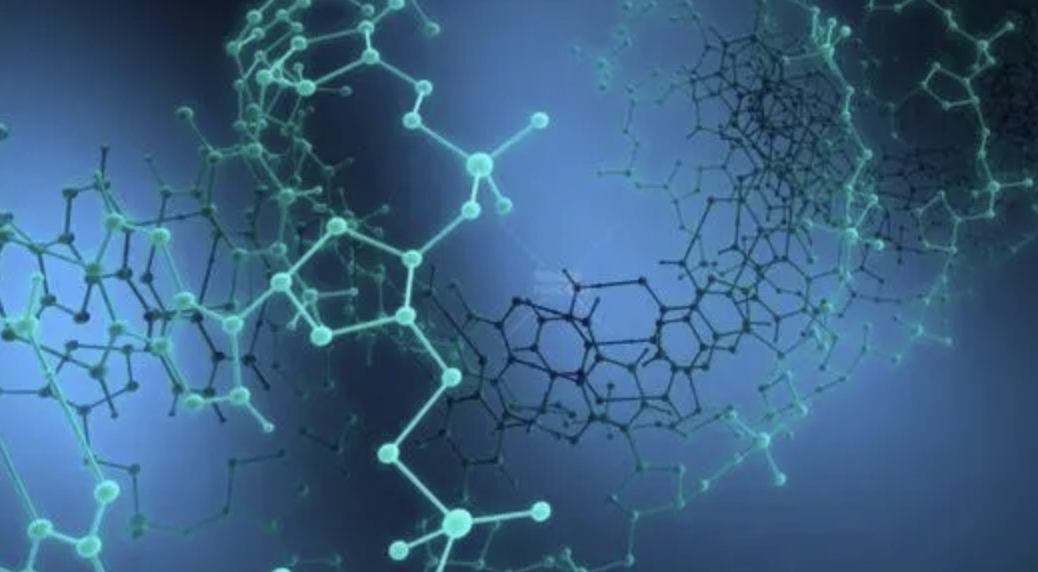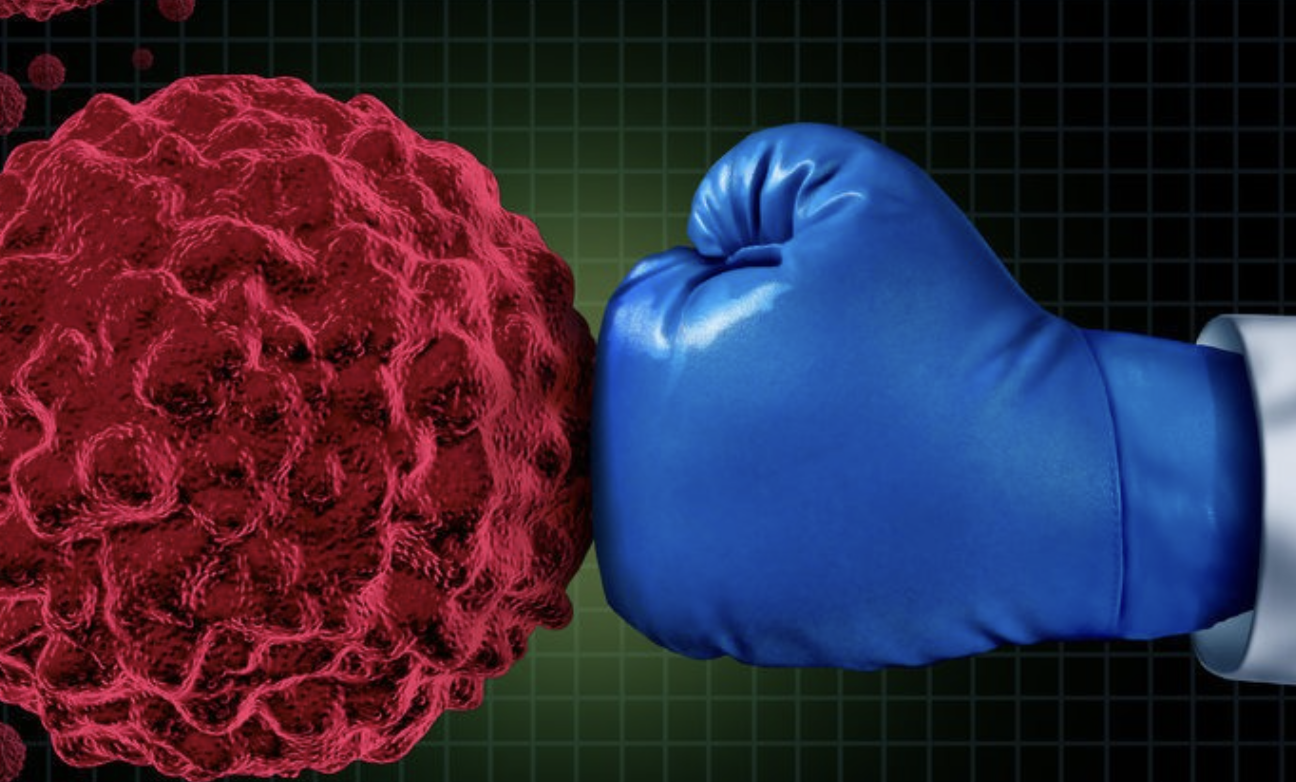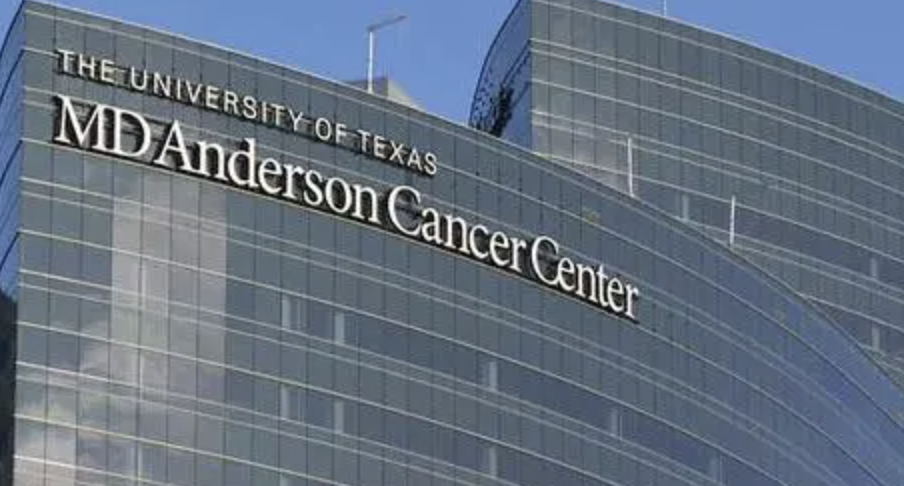About Keio University Hospital
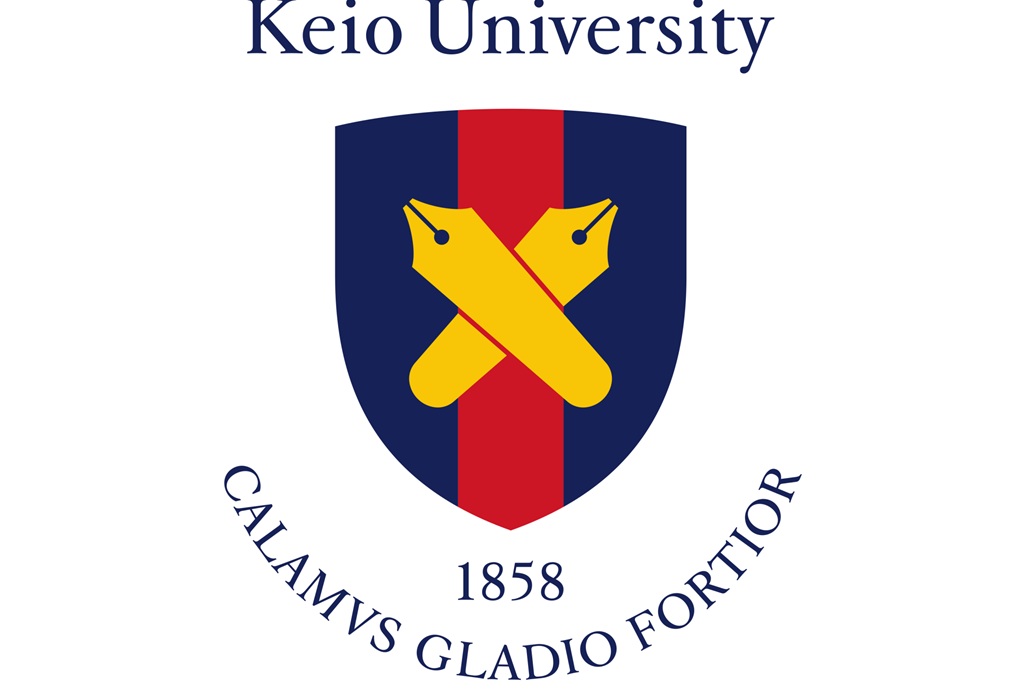
Established in 1920, Keio University Hospital is a large, comprehensive university-affiliated hospital run by Keio University, one of the world's leading private comprehensive universities in Japan, and has been accredited as a special-purpose hospital (equivalent to a tertiary hospital in Japan) since 1994. The hospital provides patient-centred medical services and is trusted by patients for its patient-friendly attitude. The hospital will develop advanced medical technology to provide high quality and safe medical treatment to patients, while training its medical staff with rich humanity and profound wisdom to contribute to the development of medical treatment.
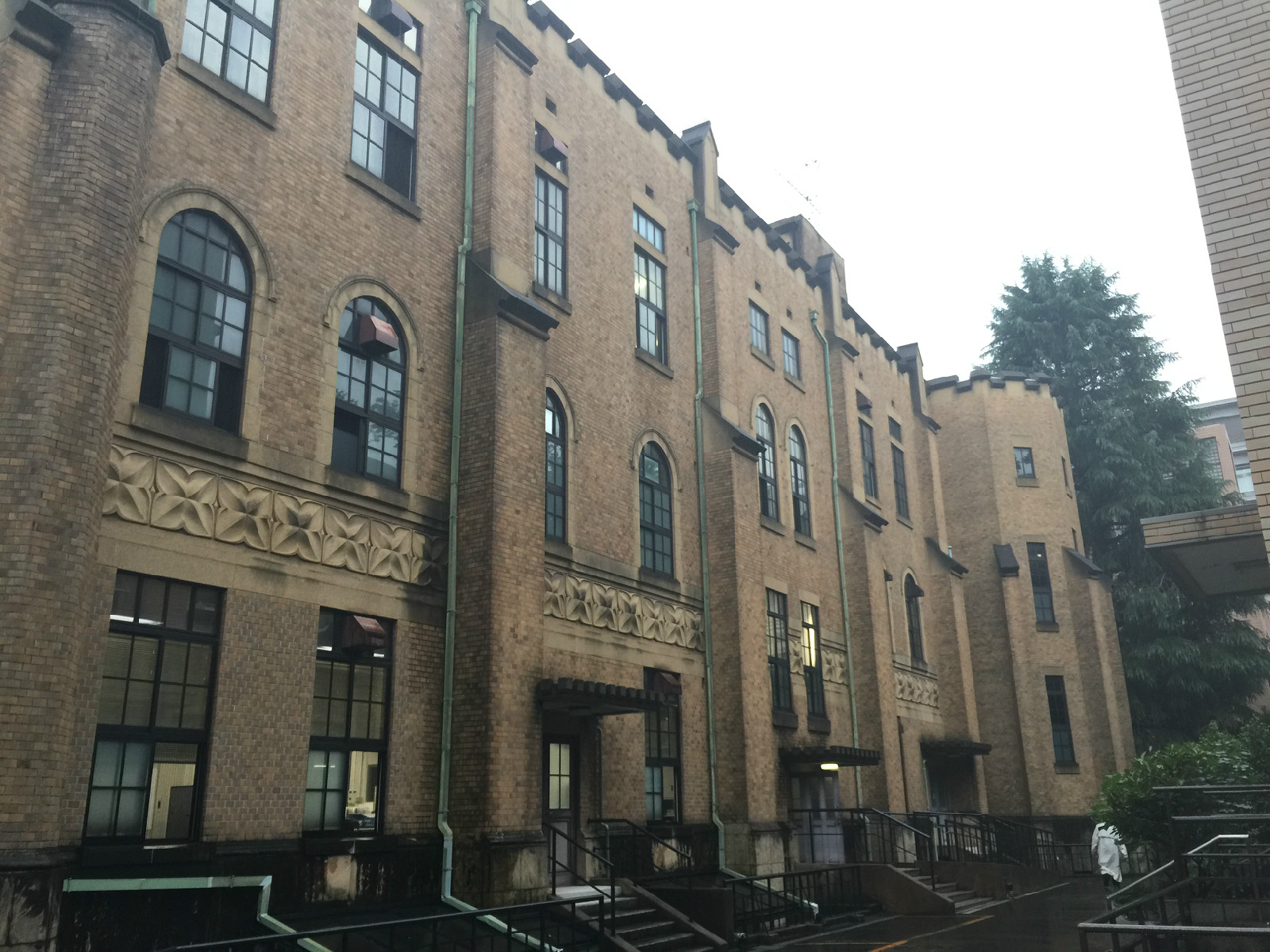
Keio University was founded in 1858 and its two founders - Fukuzawa Yukichi, a renowned Japanese household name, thinker and educator and the portrait of the man on the 10,000 yen banknote, and Kitazato Shibasaburo, a world-renowned bacteriologist and Japan's first Nobel Prize candidate, known as "the father of modern Japanese medicine", whose portrait also features on the new 2019 edition of Japan's ¥1,000 note.
For over 160 years, Keio University has established itself as one of Japan's super universities through its tireless efforts in education, research and medicine.
Keio University is ranked number one among private universities in Japan in the 2020 World University Reputation Rankings by Times Higher Education (THE), and number one in Japan in the Global Business School Rankings by SMBG, a French educational consultancy.
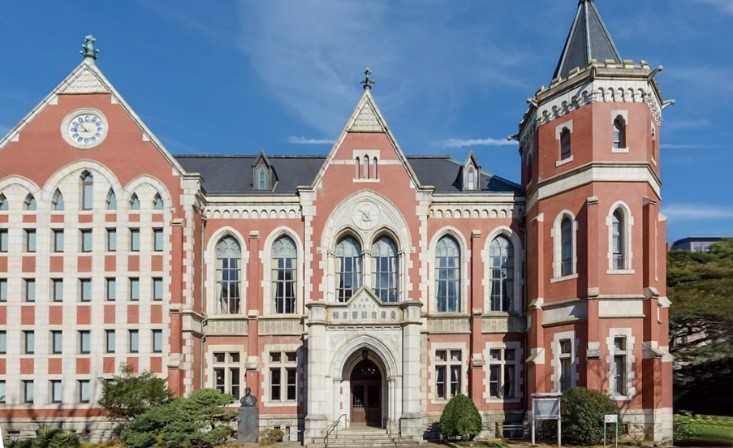
Keio University
Today, Keio University graduates are active around the world. Eight medical Nobel Prize winners, three Japanese Prime Ministers and two astronauts have been born here. Keio University is ranked 9th in the world in the list of institutions graduating leaders of major multinational corporations.
Keio University Hospital is located in the Shinano-cho campus of Keio University, which covers an area of over 20,000 tsubo, and is integrated with the University's Faculty of Medicine and Faculty of Nursing and Medical Sciences. It has 31 departments and 30 consulting rooms, and receives an average of over 3,000 outpatients and 800 inpatients per day, and performs over 16,000 surgeries per year.
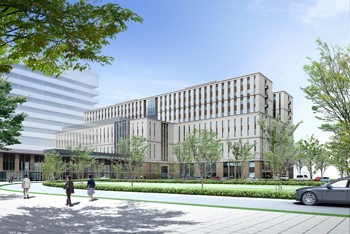
Keio University Hospital
In 2016, Keio University Hospital was designated as a Clinical Research Core Hospital; in 2018, it was certified as a Cancer Genetic Medicine Core Base Hospital, and in the same year, it was selected as a model hospital for AI (artificial intelligence) medical institutions under the Japanese Cabinet Office's Strategic Innovation Promotion Program.
Since its opening, Keio University Hospital has continuously strived to explore new-age medical models and committed itself to the development of advanced medical treatments, and has achieved fruitful results, such as
Successfully performing the world's first living liver transplant for a child with a heart malformation in 2009.
Successfully performing the world's first in-ear cell regeneration surgery for hearing impairment in 2013.
In 2018, the mechanism of gastric cancer cell reproduction was identified, laying the foundation for the development of new treatments for gastric cancer.
Successful delivery of a child after the world's first primate womb transplant in 2020.
Many global medical innovations have established Keio University Hospital's reputation in Japan and around the world as one of the popular choices for international patients visiting Japan for medical treatment.
Oncology Centre / Minimally Invasive Therapies Development Department
The Oncology Centre at Keio University Hospital practices patient-centred team medicine with multi-disciplinary collaboration and integrated interdisciplinary care. The Oncology Centre brings together cancer specialists from various fields, specialist nurses, specialist pharmacists, physiotherapists, dental hygienists, social welfare workers and others to work not only on cancer treatment but also to assist with all issues related to cancer.
The Oncology Centre at Keio University Hospital also houses one of the larger outpatient chemotherapy facilities in Japan, specialist clinics for various types of cancer, a palliative care clinic, a cancer rehabilitation clinic, a functional oral care clinic, and a bone metastasis clinic. The aim is to provide an efficient access route and a multidisciplinary environment for cancer treatment.
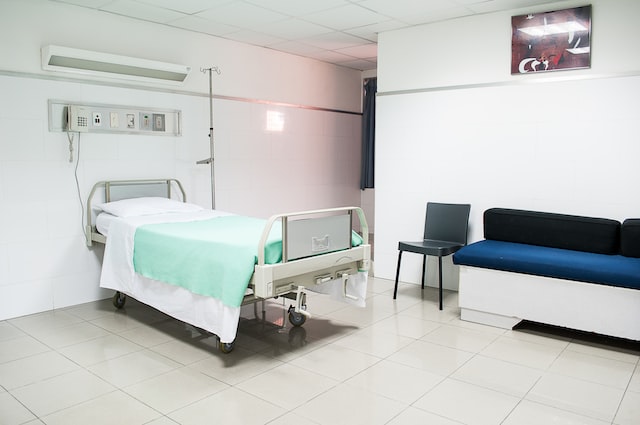
The Minimally Invasive Therapies Development Unit, which combines non-perforating endoscopic local total excision with laparoscopic navigation of the anterior lymph nodes, has developed more minimally invasive advanced medical surgical options and is actively introducing them into the clinic.


